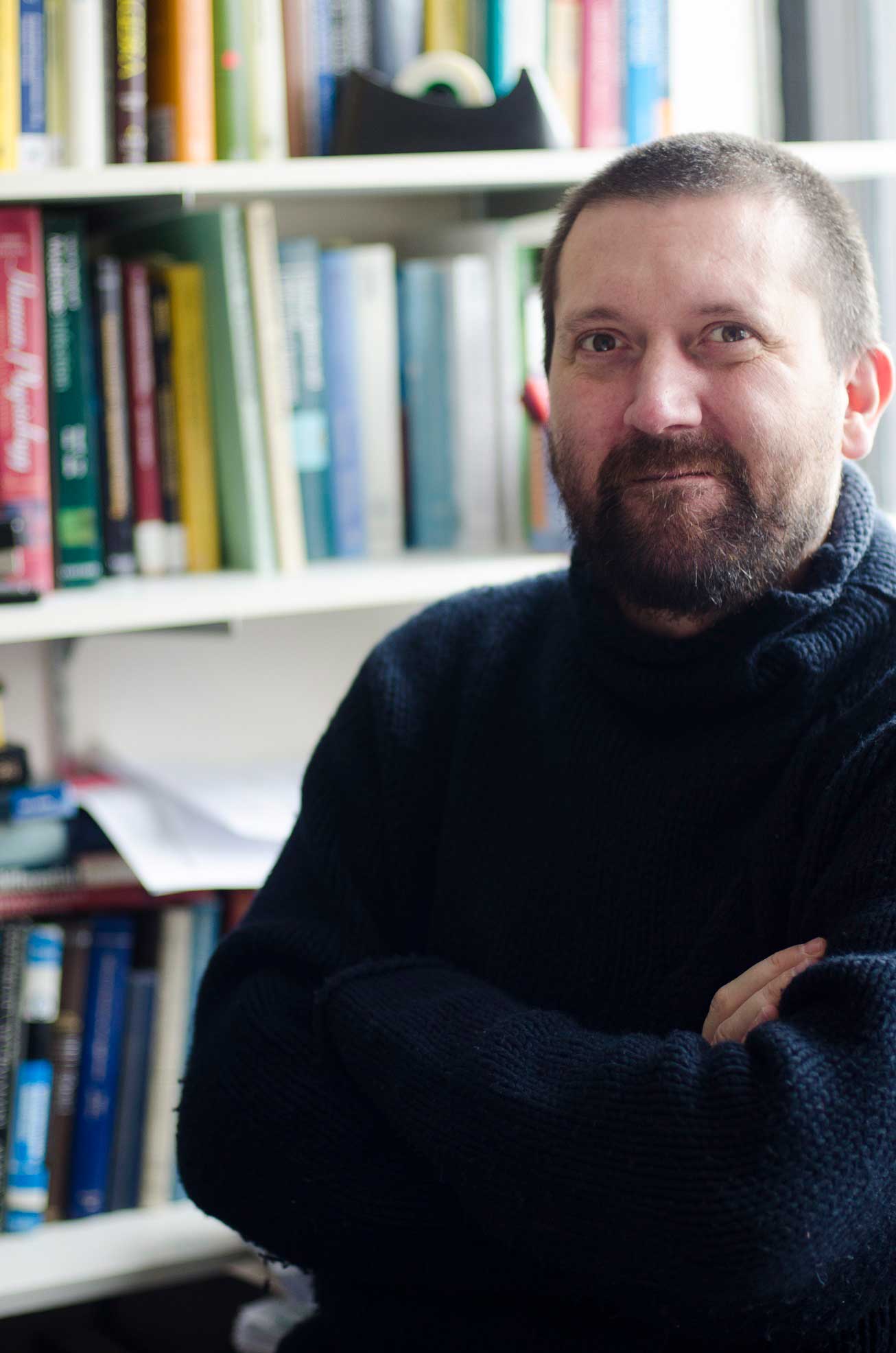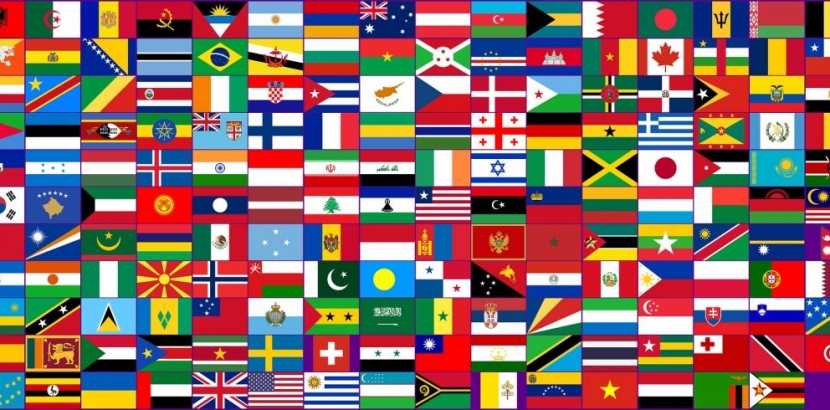Tracking the spread of COVID-19 across the globe
March 25, 2020 —
Mathematician Dr. Julien Arino in the UM Faculty of Science is part of a team that received a Canadian Institutes of Health Research (CIHR) grant worth $666,667 to study the spread of COVID-19. The team is looking at whether community transmission of the virus can be modelled accurately and offer insight into whether travel restrictions, increased isolation, or social distancing are necessary. His work is part of a national COVID-19 Mathematical Modelling Rapid Response Task Force.
Arino asks: “Now that we have a certain number of jurisdictions in Canada reporting local chains of transmission, what are the next likely targets, and what are the effects of interventions?

Dr. Julien Arino is tracking the spread of COVID-19
As the COVID-19 crisis was just starting its spread, Arino had been studying the risk of virus importation to countries that had not yet declared confirmed cases. Using mathematical models called metapopulations, he was looking at how countries are coupled together by both air and ground transportation and noting the spread of disease. He estimated the spread and came up with a ranking of the countries that were at that point without disease, assessing the risk that they would be soon declaring importation of the virus.
He notes: “This method of studying virus transmission works well. Also, because some countries which were then showing the highest risk were strongly suspected to have cases, our results could be interpreted as helping to pinpoint countries or territories doing a poorer job of detecting cases or not communicating about case detection.”
Dr. Stefi Baum, dean of the Faculty of Science, says: “We are proud to see the incredible impact of this research, the result of years of study and preparation, at a time when it matters most.”
Arino is evaluating the data and seeing if an intervention such as closing borders is really an effective way to stop the spread of COVID-19. He says defining the catchment areas of airports and borders is complicated, factoring in ground transportation between jurisdictions and regions as well.
“I have been finalising the model and the computer architecture, and should start producing results within a couple of days,” he says.
Arino is working with a number of research partners including mathematical biologist and epidemiologist Dr. Stéphanie Portet, postdoc fellow Nicolas Bajeux, and a PhD student, Adriana Ciupeanu (MSc/2020).
The large study is led by the Fields Institute for Research in Mathematical Sciences, in collaboration with the Pacific Institute of Mathematical Sciences and the Atlantic Association for Research in Mathematical Sciences, together with the Public Health Agency of Canada and international partners. Overall, they are looking to develop mathematical technologies to assess transmission risk of COVID-19, project outbreak trajectories, evaluate public health interventions for its prevention and control, and inform public health policy makers as well as multi-scale modelling to assist in the development of effective treatment strategies. Such a network functioned during SARS and was successful in providing real-time advice to public health officials.
In the case of COVID-19, in addition to the mathematical modellers drawn from across Canada, the team is working with the Public Health Agency of Canada and its Coronavirus Modelling Group, Vaccine and Infectious Disease Organization at the University of Saskatchewan, the Advanced Disaster, Emergency and Rapid Response Simulation facility at York University and several research institutes in China including one at Xi’an Jiaotong University.
